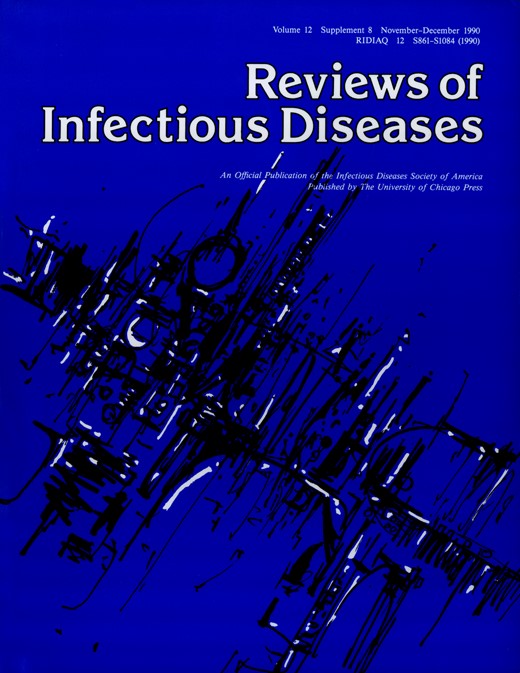-
Views
-
Cite
Cite
B. J. Selwyn, on Behalf of the Coordinated Data Group of BOSTID Researchers, The Epidemiology of Acute Respiratory Tract Infection in Young Children: Comparison of Findings from Several Developing Countries, Reviews of Infectious Diseases, Volume 12, Issue Supplement_8, November-December 1990, Pages S870–S888, https://doi.org/10.1093/clinids/12.Supplement_S870
Close - Share Icon Share
Abstract
Investigators from 10 countries studied the epidemiology of acute respiratory tract infection (ARI) among children 0–59 months old. Data on incidence rates, by age, gender, and season; on pathogenic agents; on case-fatality rates; and on selected risk factor findings are presented. Incidence rates from six of the community-based studies ranged from 12.7 to 16.8 new episodes of ARI per 100 child-weeks at risk, and rates of lower respiratory tract infection (LRI) ranged from 0.2 to 3.4 new episodes per 100 child-weeks at risk. Children spend from 21.7010 to 40.1% of observed weeks with ARI and from 1% to 14.4% of observed weeks with LRI. The incidence rates for ARI are highest in younger children. Viruses, especially respiratory syncytial virus, are isolated more frequently than bacteria from children with episodes of LRI. Risk factors exhibited different patterns of association with ARI in different studies. Interventions could have great impact on high-risk levels common in the study populations. These studies provide interesting and useful data on the epidemiologic dynamics of ARI.







Comments